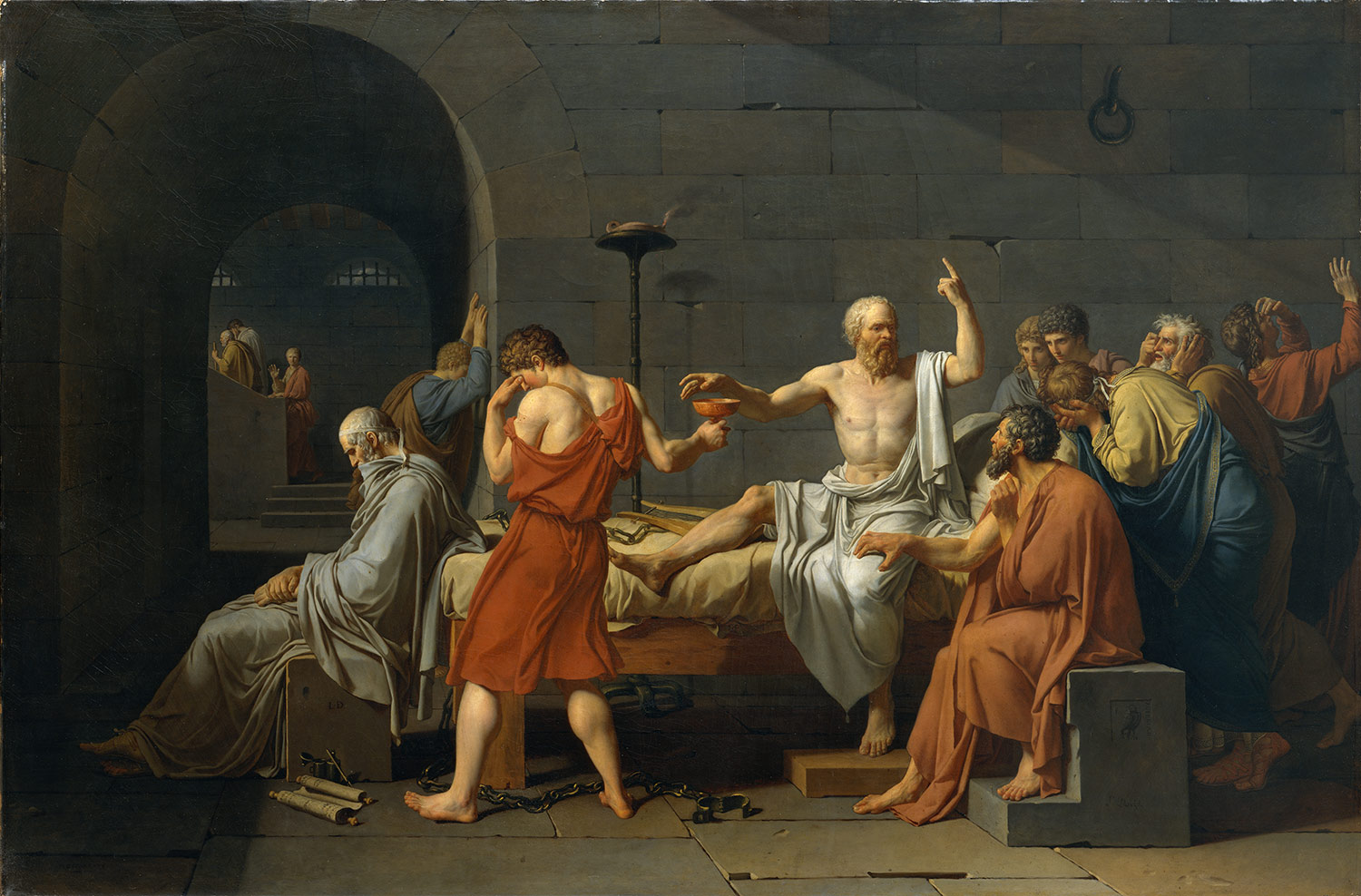Asked to imagine the trial and death of Socrates, we might conjure up an image of Jacque-Louis David’s oil painting Death of Socrates, or recall Plato’s written accounts. We might even imagine modern day reinterpretations of the event. However, none of these interpretations are perfect reconstructions, and their flaws – be they problems of translation, or questions about authenticity or their creator’s intent – cause us to harbor a deeply rooted skepticism about them. The historian’s role, for centuries, has been to engage in a peculiar type of storytelling which attempts to allay that skepticism.

In recent years, photographs and film cameras have changed this dynamic. Visual recordings of events instill a sense of concreteness in our memory. While I may not have participated personally in many modern historical events, I have observed many images from those events which guide my interpretation of them.
On the one hand, documentary visual imagery can offer historians a “true” or at least empirical reconstruction of events, the nearest thing historians have to a time machine. It offers historians a visual sense of how the world operated, and how humans interacted. For instance, photographs can document how a scene looked, the apparent emotions of parties being photographed, and hints of the intentionality of the recorder. Film can do that, as well, but it can also record human behavior and causality. For instance, this video of Richard Poff voting depicts not only the act of Poff voting, but also how humans act while waiting to vote. Clearly, this is the action of the film. But film also records corollary data like fashion trends in Virginia during the time of its recording (1956), mannerisms of Virginians at this time in public scenes, and some biographical details regarding Richard Poff. Visual recordings of historical events, thus, result an increased body of information that historians have to sift through and organize into a cohesive narrative, which can allow historians the ability to cross-reference and confirm individual conclusions reached through analyzing more traditional historical sources. However, the film also competes directly with the historian’s narrative for space in our collective imagination. No longer can a narrative of voting in 1956 contradict this video, without presenting alternative primary source data and constructing a material excuse for why this video is false or misleading. In other words, film restricts the narratives historians can offer by documenting visual historical evidence.
And the position that film vies for in our imagination is an incredibly resilient one. With film, the popular assumption is that since the recording was done by a machine, there is more objectivity in its reconstruction. If we compare a video recording of an event to a human’s written record, the popular assumption is that the human’s written retelling will be less accurate, as it offers an interpretation of the events rather than an empirical recording of the events themselves. Film does not interpret data, or so we might be tempted to assume; it simply offers events up for interpretation. However, this assumption is not exactly accurate as it ignores the various individuals who were involved in constructing the recording: human beings, who would absolutely be guided by interpretations. There is the camera operator, who makes the very real decision regarding where to point the camera, and who to record. There is the reporter who molds the events on screen, prodding the subjects to answer specific questions. There is the editor who reviews the recording, trims material deemed unimportant, and may even re-sequence the footage to better convey his or her interpretation of how events unfolded. Each one of these human roles plays an integral part in constructing the film that viewers will experience. In my last blog post, I recounted an example when a reporter instigated the crowd before they were recorded, which calls into question the resulting recording’s authenticity. Paul Conkin wrote a chapter entitled “Images of the Last and Greatest Depression,” in his book A Requiem for the American Village, which outlines the biases inherent in the Great Depression photographs, such as Migrant Mother by Dorothea Lange. Regardless of its form, documentary visual imagery is – by and large – a constructed retelling of historical events.
My next post will interrogate the role the camera plays on live events themselves.